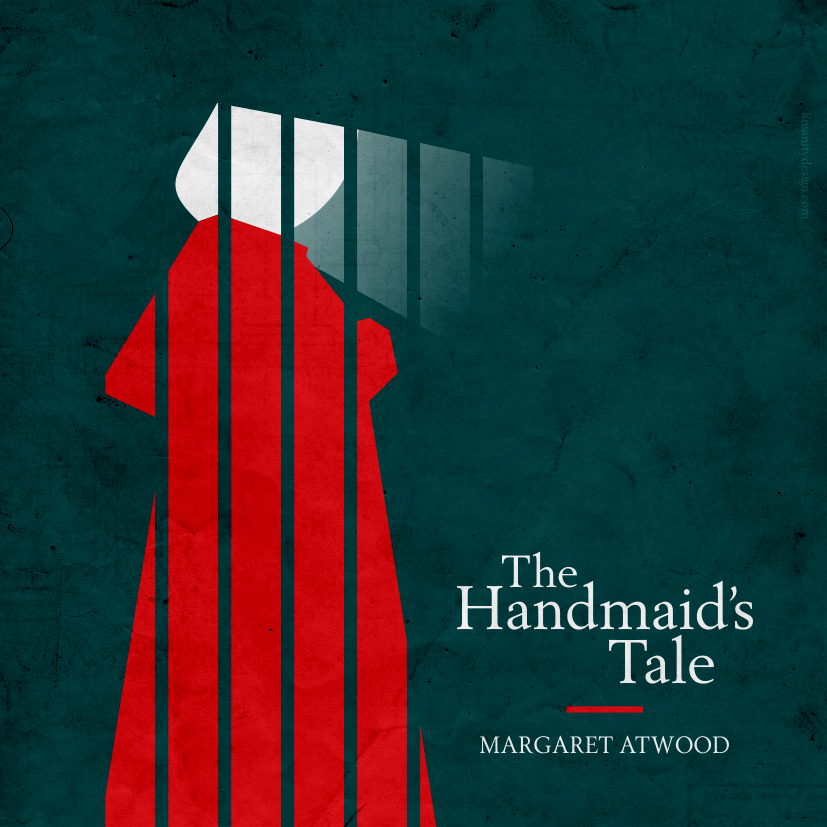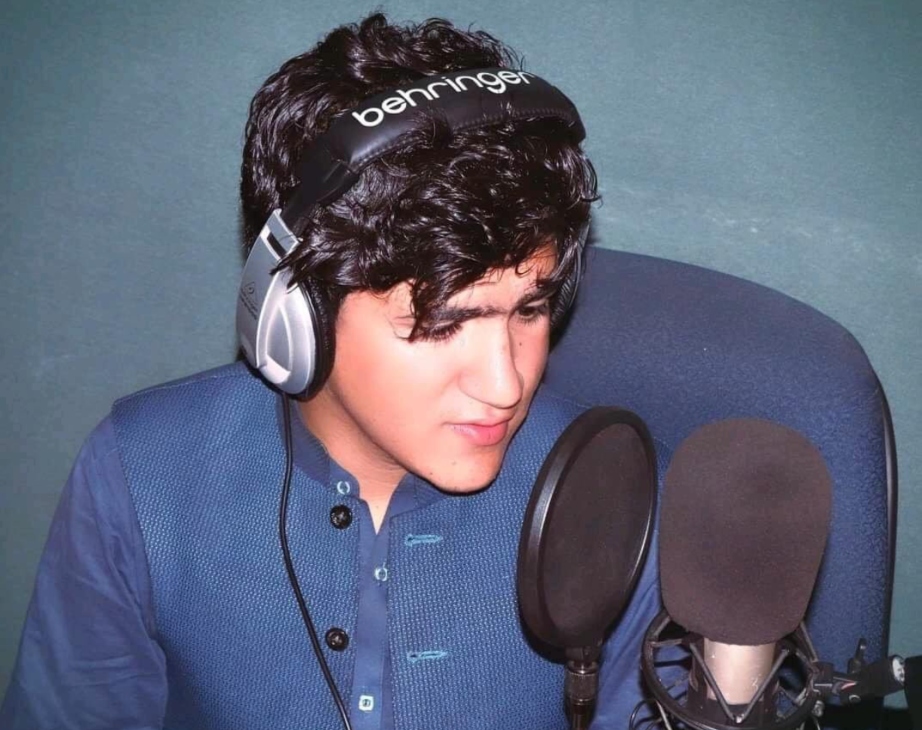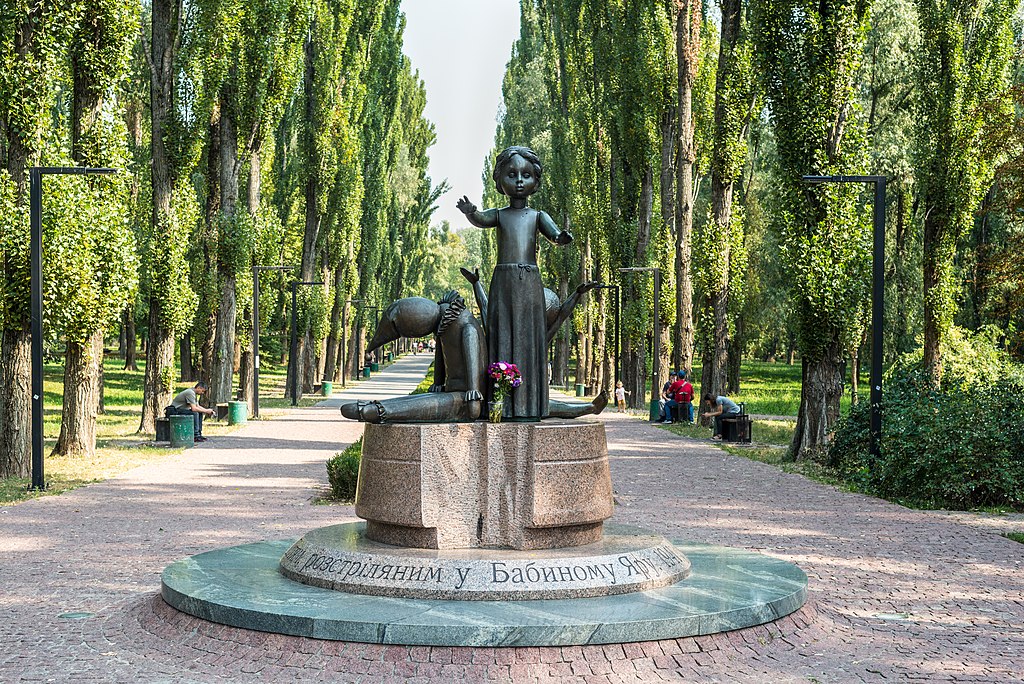Sunday Times editor Martin Ivens yesterday issued an apology for publishing a cartoon by Gerald Scarfe depicting Israeli Prime Minister Binyamin Netanyahu.
The cartoon, which appeared in the paper as Britain marked Holocaust Memorial Day, showed the Israeli leader building a wall, and crushing Palestinians in the process. With its blood splashes and thuggish, brawny depiction of Netanyahu, the cartoon was, in the words of a Sunday Times spokesperson (before the apology), a “typically robust” piece of work by Scarfe.
The editor’s apology came after public criticism from his proprietor, Rupert Murdoch, who tweeted “Gerald Scarfe has never reflected the opinions of the Sunday Times. Nevertheless, we owe major apology for grotesque, offensive cartoon.”
It does seem slightly odd to apologise for a “grotesque, offensive” cartoon. As Martin Rowson (who draws strips for Index on Censorship magazine) points out in this article, and this Free Speech Bites podcast, cartoons are usually, by their very nature grotesque, and often offensive (to borrow a phrase from Woody Allen, at least if they’re done right).
Did this cartoon, however, cross a line? Lord Sacks, the chief rabbi, put out a statement, saying:
“The deplorable cartoon published in The Sunday Times on Holocaust Memorial Day, whether antisemitic or not, has caused immense pain to the Jewish community in the UK and around the world. Whatever the intention, the danger of such images is that they reinforce a great slander of our time: that Jews, victims of the Holocaust, are now perpetrators of a similar crime against the Palestinians. Not only is this manifestly untrue, it is also inflammatory and deeply dangerous.”
But Israeli journalist Anshel Pfeffer at Ha’aretz says that, while it may have been unpleasant, it did not contain any of the anti-Semitic blood libel and Nazi imagery that characterises genuinely Jew-hating cartoons.
Moreover, Scarfe has not notably singled out the Israeli leader for special treatment — a glance through the cartoonists archives shows portrayals of many equally blood-spattered world leaders (take, for example, this horrendous but riveting image of Bashar Al Assad, drenched in the blood of children)
Scarfe has apologised for the timing of the cartoon, though some, including Pfeffer, will say that Israeli leaders should not be immune from criticism on Holocaust Memorial Day.
Context is crucial in any debate over free speech and offence.
In 1981, far-right cartoonist Robert Edwards was given a 12-month sentence for “”aiding and abetting, counselling and procuring the publication of material likely to incite racial hatred”.
Robert Edwards’s work was unsubtle to say the least. The conviction came after the one off publication of a comic aimed at children called “The Stormer” (I did say he was unsubtle). The comic contained such delights as “”Billy the Yid”, and “Dresden and Auschwitz — The Facts!”, as well as strips targeting black and Asian people.
More recently, in 2009, Simon Shepherd and Stephen Whittle were convicted for several offences including pushing a leaflet entitled Tales of the Holohoax through the door of a Blackpool synagogue.
It is clear that Scarfe’s blood-spattered commentary on Netanyahu was quite different to the output of Edwards, Whittle and Shepherd (and there is another discussion to be had about free speech in those cases).
As such the intervention by 20 MPs writing a letter demanding an apology from the Sunday Times is a dismayingly knee-jerk reaction. As was Murdoch’s tweet.
At Index on Censorship’s Taking the Offensive conference yesterday, hundreds of artists discussed their fears of expressing themselves, lest they fall foul of local politicians, commercial sponsors, community leaders or even a Twitter mob. The censorious will always tend towards the literal, a mindset rather unsuited to the reading of the exaggerated, ironic world of art, including political cartooning.




